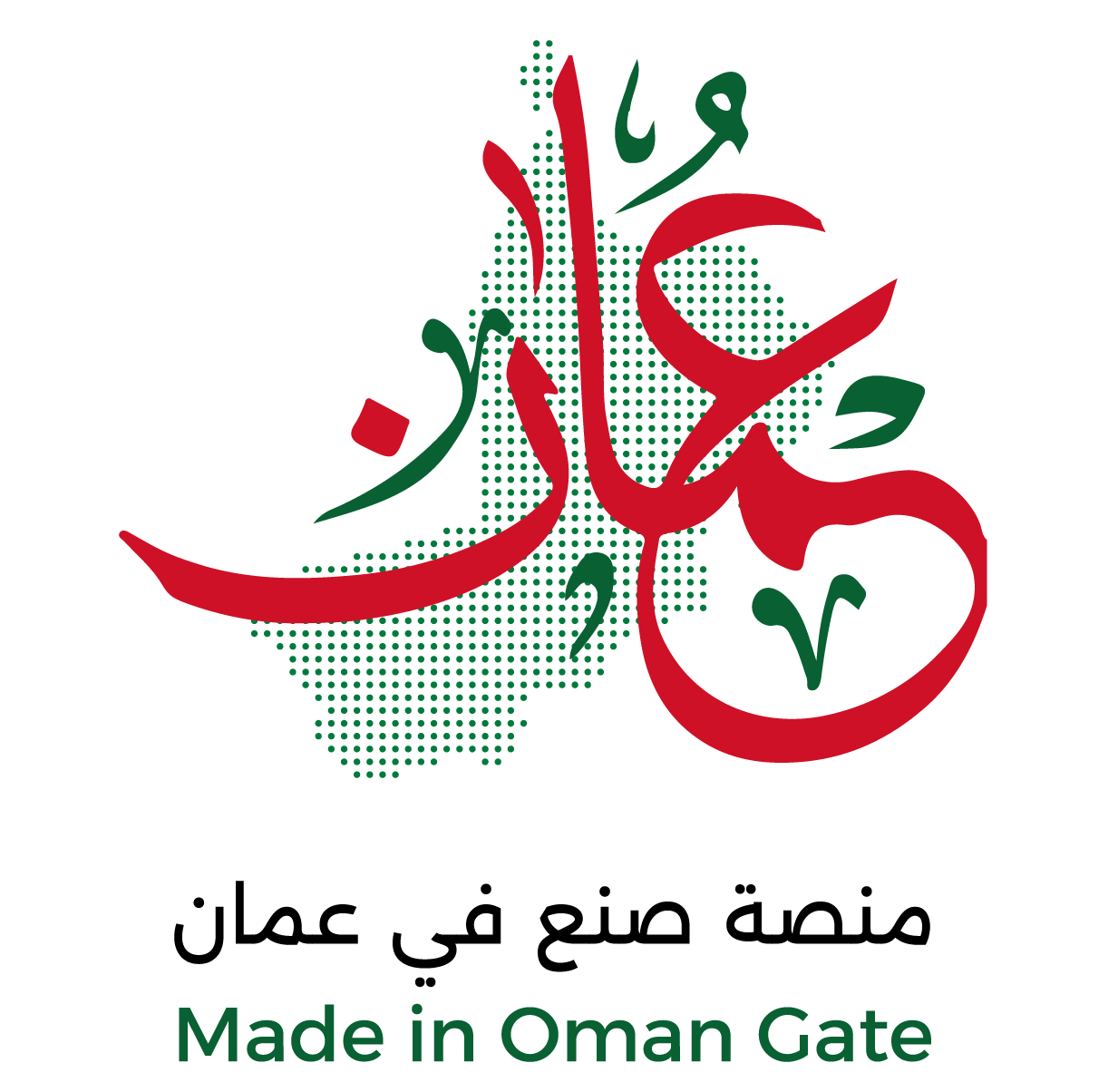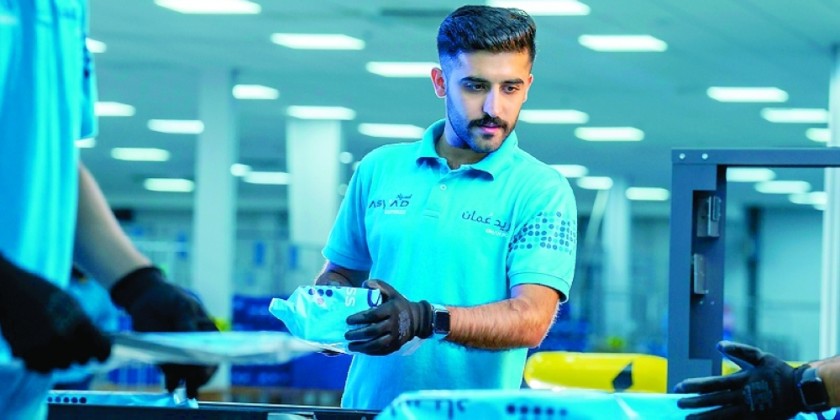The National Development Portfolio, managed by the Oman Investment Authority (OIA), significantly boosted economic diversification in Oman throughout 2023. This was achieved by launching and announcing local projects across several key sectors, including energy, industry, tourism, food and fisheries, financial services, communications and IT, logistics, aviation, and mining.
In 2023, the portfolio increased its assets to approximately RO 12.175 billion, generating profits exceeding RO 1.200 billion, with an investment return of eleven and a half per cent. This bolstered the general budget with RO 800 million and increased capital investment spending on projects to RO 2.1 billion, surpassing the target of RO 1.9 billion. Six national projects were completed with a combined investment value of over RO 4 billion.
Hisham bin Ahmed al Shidi, Director General of the Economic Diversification Directorate at OIA, highlighted that these investments align with the Oman Vision 2040, aiming to foster economic growth, attract foreign investments, enhance the private sector’s contribution, and create job opportunities. Major projects were implemented across various governorates, serving both economic and social dimensions.
Key projects included the OQ ammonia factory in Dhofar Governorate, which reached a production capacity of 1,000 metric tonnes per day with exports to Turkey, Morocco, and India. Other significant projects were the operation of the container terminal at Duqm Port, the first phase completion of the electricity connection project, and the signing of a tender for the copper and gold project in Yanqul
Additionally, projects in solid waste management were completed in Barka, Al Khaboura, and Al Suwaiq, and the Qurayyat fish farming farm expanded to a capacity of 5,000 tonnes annually. The Khuwaimah fish farming farm began harvesting, and the first Omani tuna fishing ship, Acila, initiated operations in the Indian Ocean. The Oman Adventure Centre in Musandam and several tourist projects were also completed, enhancing local tourism.
Efforts to attract foreign investments saw substantial success. Foreign direct investments worth over RO 1 billion were secured across free and economic zones. In the Salalah Free Zone, agreements worth RO 727.500 million were signed with foreign investors. The Sohar Free Zone secured projects worth RO 135.800 million, while Khazaen Economic City saw agreements worth RO 56.600 million. Additionally, a strategic partnership for shrimp farming projects valued at $1.6 billion was underway with a global company.
To support small and medium enterprises (SMEs), OIA companies allocated a significant share of their purchases and tenders to these institutions. The OQ Group spent approximately $245.400 million on SMEs, and the Oman Minerals Development Group’s payments to SMEs amounted to RO 2.900 million. The Asyad Group awarded contracts and purchase orders to more than 496 SMEs, totalling over RO 68 million.
In natural resource management, the Oman LNG Company signed contracts to export 10.4 million metric tonnes of liquefied natural gas annually post-2024, reinforcing Oman’s reputation as a reliable exporter.
The Minerals Development Oman announced new discoveries, including 4.8 million tonnes of copper ore, 163,000 tonne of chromium ore, 111 million tonnes of soft silica, 98 million tonnes of hard silica, and 401 million tonnes of dolomite.
The Oman Food Investment Holding Company, Nitaj, expanded contract farming in the Al Morooj Dairy Project and began exporting camel milk to Saudi Arabia. Additionally, the Nakheel Oman Development Company’s products reached eight new markets: Russia, Peru, Iraq, Libya, Egypt, Iran, Qatar, and the UAE.
Investment partnerships with the private sector and international investors were also strengthened. The Ithca Group expanded local investments, most notably through a new semiconductor design centre in Muscat by the American company GSME. Ithca and the venture capital funds Oryx Fund and Cyfr Fund made significant investments in technology. Omantel partnered with Zain Group to launch Zain Omantel International and the Oman-Emirates Telecommunications Gateway project, a strategic submarine cable linking Oman and the UAE.
The National Development Portfolio is a diversified entity encompassing over ten main sectors, more than 160 holding and subsidiary companies, and a variety of bonds, bills, sukuk, and deposits.
ONA


